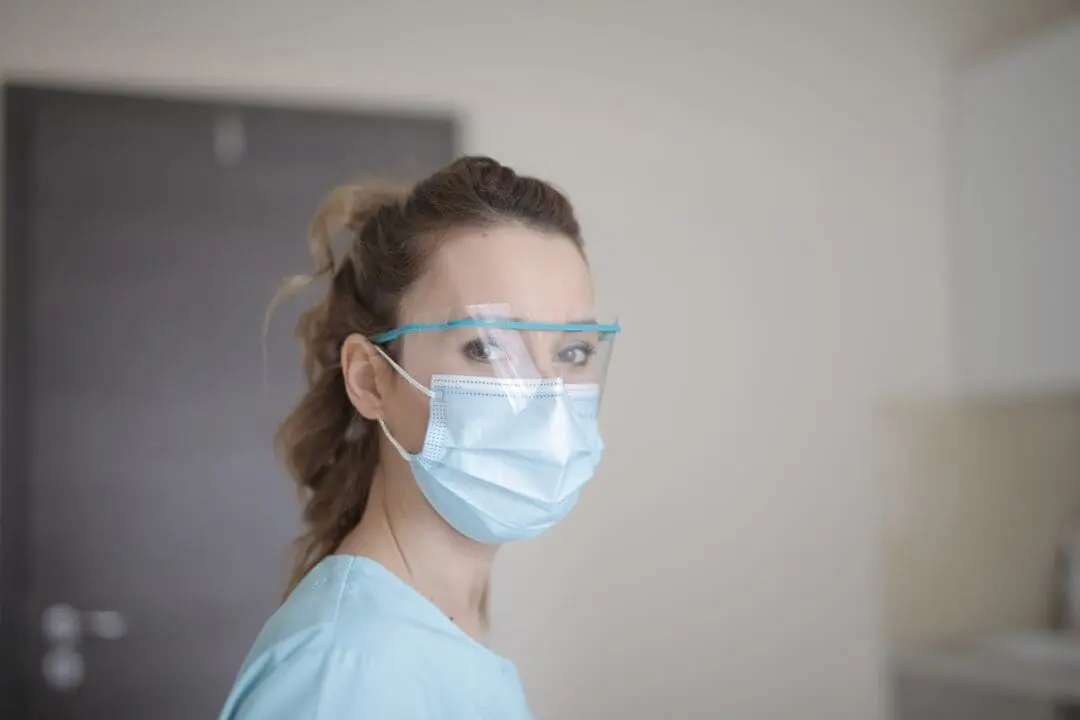About Neurofibromas
Neurofibromas is an inherited condition that causes tumors to grow along a nerve or nervous tissue. The disorder can lead to severe nerve damage making an early diagnosis crucial before loss of function or disability results. When left untreated, neurofibromas can cause bone deformities and other musculoskeletal problems.
The specialist best qualified to treat neurofibroma is an orthopedic oncologist, like Dr. Daniel Allison in Los Angeles, who is extensively knowledgeable of the musculoskeletal system and its relationship with the nervous system. Dr. Allison has significant diagnostic and limb preservation treatment expertise with benign and malignant tumors and bone and soft tissue reconstruction. He is adept at advanced orthopedic procedures for neurofibroma and dedicated to restoring full mobility of limbs, preserving bones, and relieving painful symptoms.

Neurofibromas: Specializing in Musculoskeletal Conditions
Neurofibroma is inherited and typically presents at birth but the nerve sheath tumor can also develop over time in childhood. Symptoms can either be severe, mild, or completely unnoticeable, creating some challenges with diagnosis.
There are several different types of neurofibroma, each with varying degrees of severity and treatment requirements.
- Type 1 – NF1, affects skin, nervous system, and eyes of children; symptoms develop by age 10
- Type 2 – NF2, less common with symptoms appearing by teen or early 20’s
- Schwannomatosis – rare genetic disorder with tumors; also known as peripheral nerve sheath tumors; symptoms present in adults over 30
The type of neurofibroma with the greatest potential for damaging a nerve network or developing into cancer is a peripheral nerve sheath tumor which is a type of soft tissue sarcoma. Neurofibroma can affect nerve function by pressing on surrounding muscles and nerves causing pain and disability.
Dr. Allison’s experience as an orthopedic oncologist in Los Angeles allows him to distinguish the symptoms and characteristics of neurofibroma from other cancerous soft tissue tumors. He possesses sophisticated surgical skills which enable him to deftly navigate delicate soft tissue, muscle, and nervous structures. In cases requiring soft tissue tumor removal, Dr. Allison explores the best possible treatment options for bone and tissue preservation and reconstruction.
Diagnostic Advantage
As an orthopedic oncologist in Los Angeles, Dr. Allison has the training and experience in comprehensive evaluation and treatment of malignant and benign bone and soft tissue tumors including neurofibromas.
Neurofibromas Symptoms
Symptoms of neurofibroma vary by patient, but often, neurofibromas do not manifest any symptoms until the nerve sheath tumor has grown placing pressure on surrounding tissue and muscle.
Possible symptoms of soft tissue tumors may include
-
- Pain
- Muscle weakness
- Neurological symptoms
- Dizziness and loss of balance
- A mass, or thickening in muscle tissue
- Numbness, burning, or “pins and needles” sensation
If a nerve sheath tumor is suspected, Dr. Allison performs a thorough physical examination plus diagnostic tests which could include a neurological MRI, CT scan, and EMG (electrodiagnostic study). The latter is conducted to detect any disruption of electrical pathways of the nervous system caused by a neurofibroma tumor. genome.gov talks more about neurofibroma symptoms.
Treatment Expertise
Successful treatment of complex cases of neurofibromas requires a talented surgeon like Dr. Allison in Los Angeles who knows how nerve sheath tumors can lead to bone and soft tissue damage and retard functionality.
When a neurofibroma is diagnosed as a malignant nerve sheath tumor, Dr. Allison in Los Angeles often recommends immediate removal of the growth since this type of tumor tends to grow aggressively. Treatment for soft tissue tumors will likely require surgical resection of the tumor and removal of surrounding tissue. Surgery for neurofibroma is often supplemented with adjuvant chemotherapy or radiation to remove any trace of residual cancer.


![pexels-pixabay-139398[1]](https://drallison.org/wp-content/smush-webp/2022/04/pexels-pixabay-1393981.jpg.webp)